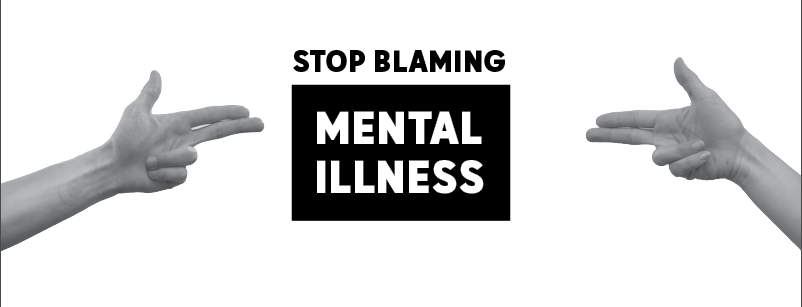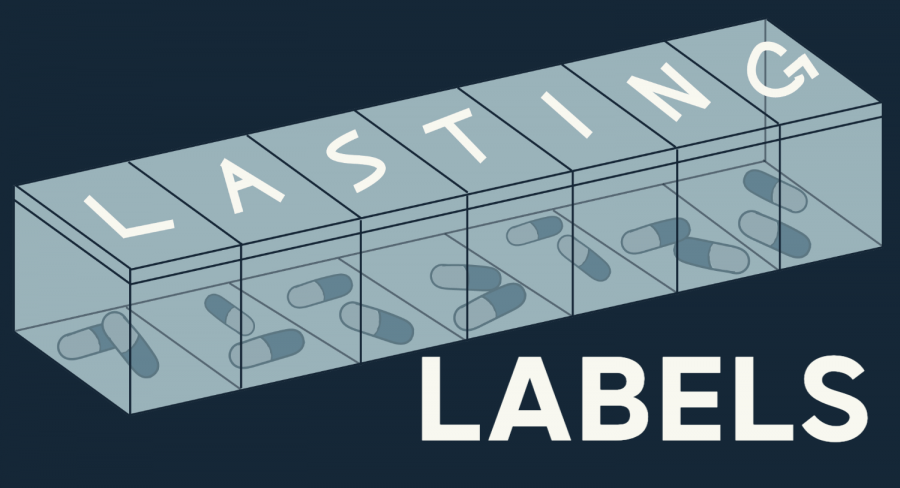The Columbine shooter was a compulsive liar and wrote rage-filled journal entries. Paranoia and delusions hallmarked his partner. The Thurston High School shooter heard voices. The Parkland shooter self-harmed. The symptoms go on, and so does the pointing of fingers at mental illness. These people all committed heinous and devastating crimes of a specific variety: school shootings. As the death toll rises and perpetrators are identified, everyone is asking the same question: why did they do it and how does this keep happening?
It just so happens that mental illness is the perfect scapegoat; from the outside it’s impossible to predict. We don’t know how those suffering operate, and we’ve all heard stories about crazy people being violent in the news. When we hear that the most infamous school shooters showed signs of a disorder, it’s convenient to blame everything on that. And that’s what we’re all about, right? Convenience? But this kind of convenience stigmatizes a marginalized group that already has a hard time getting help.
According to the Association for Behavioral and Cognitive Therapies, around 22 percent of mass murders are committed by a person with a mental disorder, meaning 78 percent are committed by an average person. The American Journal of Psychiatry said that of all violent crimes, only 3 to 5 percent were committed by someone with a mental illness.
Natasha Bhuyan, M.D, a family physician said in her editorial on the subject,
There are many contributing causes for this stigmatization of mental illness. Things like hindsight bias, anger, sadness. In actuality, people are scared. Professor of health policy at the Harvard School of Public Health, David Hemenway, explains that American students are 13 times more likely to be killed as a result of gun violence compared to their peers in Finland and Sweden. School shootings are happening nearly every day across the country, and we never know who’s next. Naturally, this is when everyone is scrambling to find the cause so they can prevent the outcome.
Given that mental illness isn’t the root of the problem, but one of many, what are the other factors? The U.S. Secret Service and U.S. Department of Education said in their final report of the Safe School Initiative that 98 percent of perpetrators experienced a form of loss before the event, such as a loss of status or a death in the family. They also said that 78 percent had a history of suicide attempts or ideation, 71 percent were victims of bullying, and 63 percent had shown interest in violent media. It’s also worth noting that according to the Review of Higher Education and Self-Learning, 76 percent of the attackers were caucasian and according to the U.S. Secret Service, 99 percent were young males.

All these aspects lead to one result, but there’s nothing to gain from knowing without the addition of doing. The answer is obvious but its consistently neglected: more help for students. Whether it’s for mental health specifically, for bullying, for general moral support in times of need, adolescents are particularly vulnerable in comparison to other age groups, and it’s not uncommon for their needs to go unnoticed. According to the National Center for Children in Poverty, 75 percent of students struggling with their mental health do not receive mental health services.
If we could reduce this number, even in what may seem like a tiny way, could have an effect somewhere. Helping one kid could prevent one shooting, and one less shooting is a beginning to an end.



